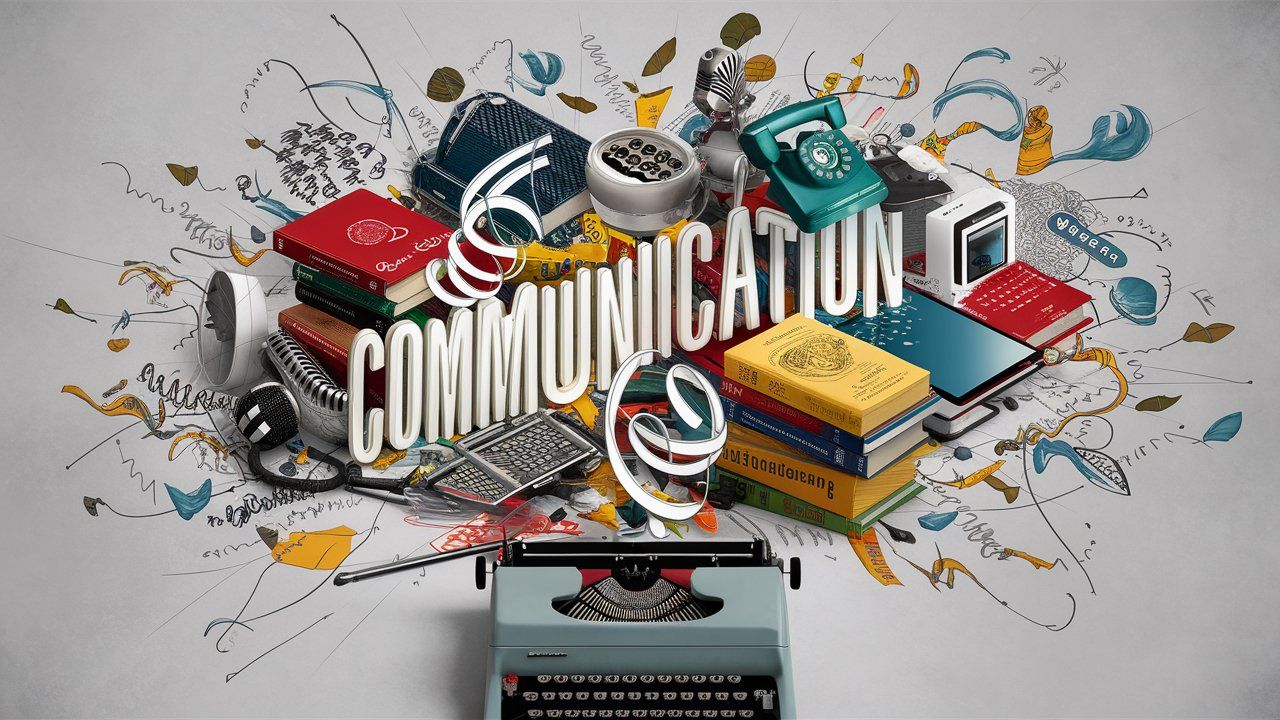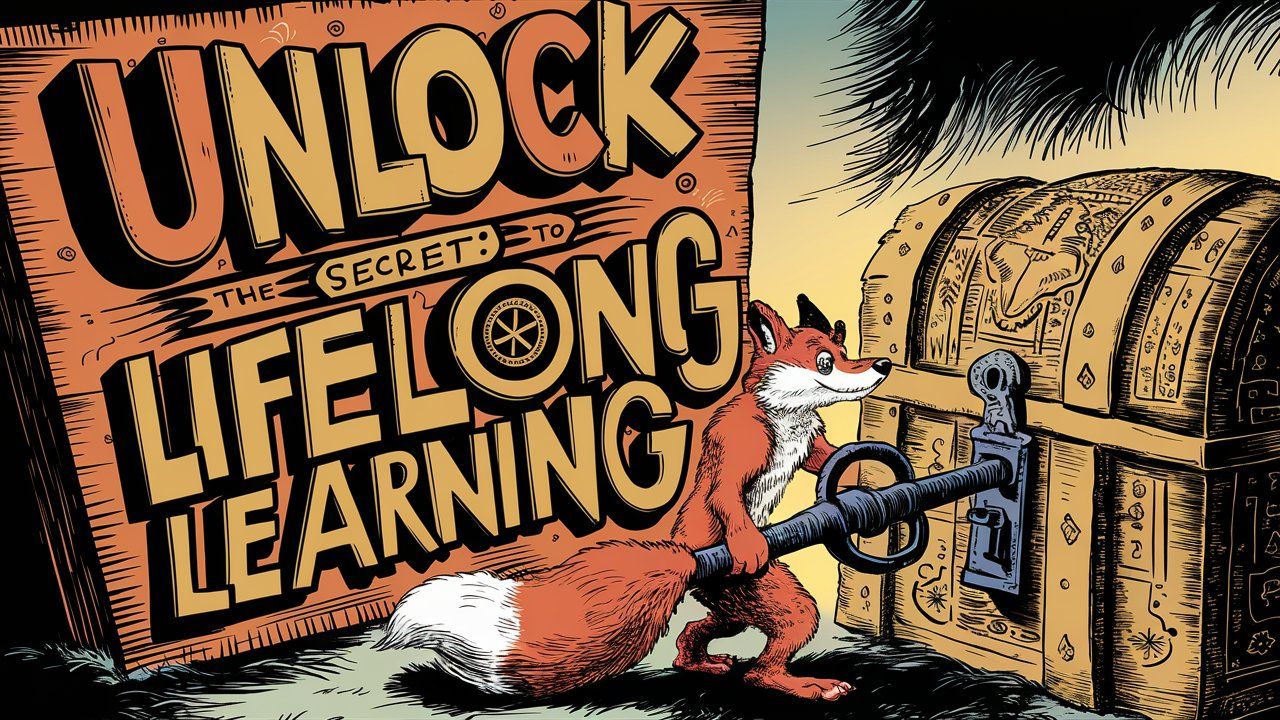How to Talk So Your Partner Will Listen
In the sacred tapestry of relationships, communication is the golden thread that weaves us closer together. It’s not merely about words; it’s about connecting on a soulful level. To communicate effectively with your partner, you must blend clarity, empathy, and the gentle art of active listening.
 The Power of Active Listening
The Power of Active Listening
First, let’s dive into active listening. This isn’t just about hearing words; it’s about truly being present. Put down your phone, turn off distractions, and give your full attention. Look into your partner’s eyes and let them know you’re there, fully and completely. When you reflect their words back to them, saying things like, “I hear you saying…” or “It sounds like you feel…”, it shows you’re deeply engaged. This practice opens hearts and builds trust.
Expressing Feelings Clearly
Next, expressing your feelings clearly is crucial. Instead of pointing fingers and saying, “You never help around the house,” try something like, “I feel overwhelmed when the chores pile up.” This subtle shift from accusatory to expressive fosters understanding rather than defensiveness. Your words should be like a gentle rain, nourishing and soft, not a storm that causes damage.
Put down your phone, turn off distractions, and give your full attention. Look into your partner’s eyes and let them know you’re there, fully and completely Share on XAvoiding Common Pitfalls
Avoid common communication pitfalls such as interrupting or jumping to conclusions. When your partner is speaking, resist the urge to plan your response. Just listen with an open heart. If something isn’t clear, ask open-ended questions like, “Can you tell me more about that?” This shows you value their perspective and are eager to understand their feelings.
 Balancing the Conversation
Balancing the Conversation
Remember, communication is a dance, not a monologue. It’s about sharing your thoughts and feelings but also making space for your partner’s voice. It’s a harmonious exchange that strengthens your bond.
Handling Conflict with Care
In moments of conflict, take a breath before responding. Emotions can flare, and words spoken in anger can cause deep wounds. Practice patience and seek to understand before seeking to be understood. If you need a moment to calm down, say, “I need a moment to gather my thoughts.” This pause can prevent unnecessary hurt and allows for a more thoughtful response.
If something isn’t clear, ask open-ended questions like, “Can you tell me more about that?” This shows you value their perspective and are eager to understand their feelings. Share on XPracticing Empathy
Incorporate empathy into your communication. Try to see the world through your partner’s eyes. When you approach conversations with compassion, you create a safe space for honest dialogue. This empathy can transform misunderstandings into opportunities for growth and connection.

The Role of Nonverbal Communication
Another vital aspect is the power of nonverbal communication. Your body language, facial expressions, and tone of voice can speak volumes. A gentle touch, a warm smile, or a reassuring nod can convey love and support without saying a single word. Be mindful of these nonverbal cues, as they can either enhance or undermine your verbal message.
When you approach conversations with compassion, you create a safe space for honest dialogue. This empathy can transform misunderstandings into opportunities for growth and connection. Share on X Choosing the Right Timing
Choosing the Right Timing
Reflect on the timing of your conversations. Choose moments when both you and your partner are calm and free from distractions. Trying to have a deep conversation when one of you is stressed or preoccupied is like planting seeds in rocky soil. It’s better to wait for the right moment when you can both be fully present and receptive.
Your body language, facial expressions, and tone of voice can speak volumes. A gentle touch, a warm smile, or a reassuring nod can convey love and support without saying a single word. Share on XNurturing Your Relationship
Finally, nurture your relationship with regular check-ins. Make it a habit to ask your partner about their day, their feelings, and their dreams. These small, consistent acts of communication build a foundation of trust and intimacy. It shows that you care about their inner world and are committed to growing together.
By embracing these practices, you cultivate a garden of trust and understanding in your relationship. Communication becomes a bridge, not a barrier. Your connection deepens as you speak and listen with love and respect. The art of communication is not just about exchanging words; it’s about weaving a tapestry of connection, one thread at a time.



